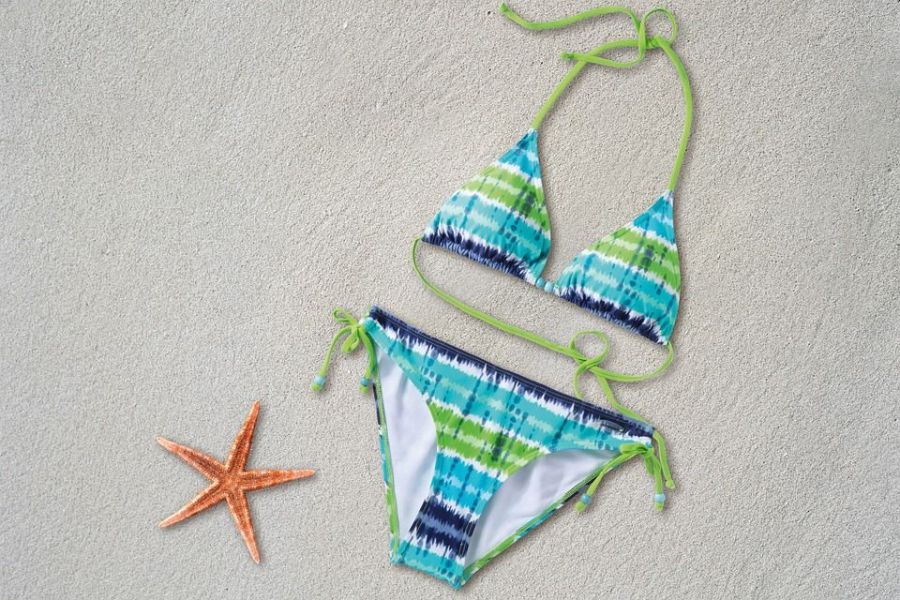People engage in sports for various reasons including fun and professionalism. One thing that is common to every sport is getting the right wear for the sport. Getting good equipment no matter what sport you will play is also non-negotiable. When it comes to swimming, there is a need to get the right swimwear. This article will trace how swimwear trends and style have changed over the years.
Classical ages
Generally, bathing and swimming are believed to be done naked during the classical antiquity. Even though there are some murals from Rome that showed women exercising and playing sports with two-piece suits that cover their breasts and hips like some of the current bikinis we have today, there was never any evidence that implied they were also used for swimming. Every classical swimming picture showed nude swimmers. In other cultural traditions where a person was not swimming nude, they were wearing clothes mainly used on lands such as loincloths and undergarments.
Middle Ages
During this period, there was a bathing resurgence both in the open air and indoor bathhouses. In most cases, clothes were also not worn. Women and men were mostly depicted as bathing nude or covering their groin with a cloth. By the end of this period, the restriction was placed that people must cover their waist with clothing or a drawer while bathing or face fine. Outdoor bathing and swimming were discouraged in Christian West during the Renaissance implying there was little to no use for swimwears.
17th Century
Until the 1670s, it seemed that females were mostly bathing nudes in spas. However, by 1678, a detailed description of the standard bathing costumes for females was given by Celia Fiennes. Ladies were to go bath wearing garments sewn from a yellow fine canvas that is large and stiff featuring great sleeves similar to the gown of a person. The design was such that water fills it so that the shape of the wearer is not seen as opposed to other linings that cling close. Men were to wear waistcoats and drawers made from the same canvas type.
18th Century
The swimwear in the 18th century was also designed without threatening decency and modesty. Until the middle of the 19th century, there were no rules against swimming nude in the UK. Every town was free to make its own rules.
19th Century
During the 19th century, decency was still emphasized in swimming wear. Nude bathing was banned in the UK in 1860. Despite protests, the rules were upheld as Francis Kilvert stated that bathing suits for men starting from within the 1870s should be short white and red striped drawers. Early in the 19th century during the first half, tops for swimwear were knee-length while ankle length bottoms were added. However, by the second half, the sleeves began to disappear while both the top and bottom started to get shorter.
20th century
By the 20th century, freedom of rights became prominent and with it came the freedom to wear what people deemed fit. Hence, many people wanted to show more flesh and the designers were aware. The period led to swimwear becoming shorter, smaller, sleeveless and just enough to cover the breast and the groin area for both male and female. Males could wear shorts without a top while the females wore a one-piece or two-piece swimsuit that covers their groin and breast.
21st century
There are retail stores for good looking swimwear this summer. These retail stores have the trendy swimsuit for the 21st century. Starting from the end of the twentieth century, swimwear became even more daring, especially for the lady. Most ladies are today comfortable with also bathing almost naked. Hence, many swimming wears today bare the cleavage while the bottoms, sometimes leave the buttocks exposed as well. However, there are also a lot of decent swimwear that covers every part of the body or at least properly covers the waist and the breast being sold. At the end of the day, it is a matter of choice for the wearer as opposed to the earlier years when they were restrictions.

